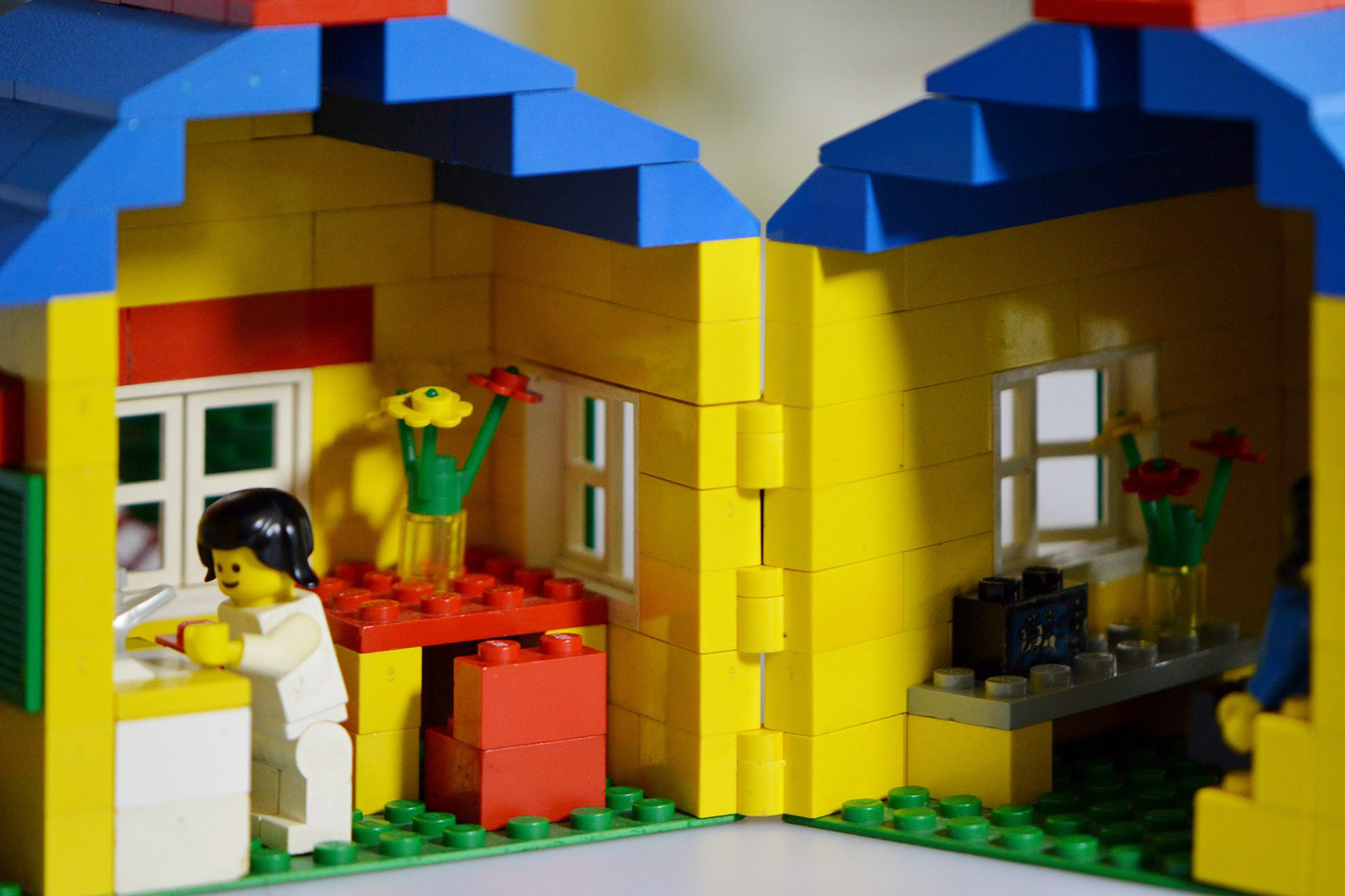One of the activities for World Alzheimer’s Month 2020 was a large mural project made entirely of LEGO pieces! ADA Build with Us 2020 used actual building blocks to celebrate every person with dementia who makes up our wider community; but did you know that LEGO is also a great form of therapy that you can enjoy with your loved one?
Lego is more than a fun activity for children; these small building blocks can also be powerful tools for stimulating the minds and creativity for persons living with dementia. Identifying the different colours and shapes can be a great way to stimulate your loved one cognitively, and the process of putting the pieces together to build anything your imagination can dream up is a great exercise of creativity and motor skills. Here are some tips on how you can introduce this fun activity as a form of therapy for your loved one living with dementia.
Keeping Things Simple
Avoid getting the complicated sets with small, intricate parts, or that boast thousands and thousands of pieces. Just like you would with puzzles, you want to keep the activity manageable for your loved one. The goal isn’t to build the most fancy set you can get, but to make sure the person with dementia stays engaged.
Play Around With Ideas
There are many ways to enjoy these versatile bricks. Perhaps you and your loved one can make it a project to bond over, with one person identifying pieces they need next on the instructions, and the other finding the piece and building it. Take turns, or do the activity step by step together; there’s no need to restrict the ways you carry out this activity. You can even go freestyle with a set of bricks and a theme like ‘Home’ or ‘Cooking’, and let your loved one flex those creativity muscles.
Building Opportunity For Conversation
Take this activity further by talking about what you’re building together. Perhaps building a farm might lead your loved one to reminisce about their childhood in a kampung. Even if what you’re building isn’t an exact reflection of the person with dementia’s memories, it can be a great conversation starter. While building a house, you could talk about your own childhood home, and ask your loved one to share stories about theirs.



